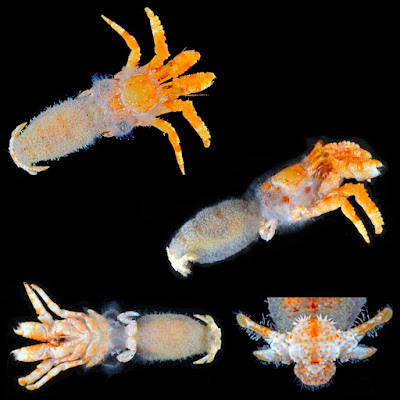 |
| Cnemaspis ranganaensis Sayyed & Sulakhe, 2020 |
Abstract
A new species belonging to the genus Cnemaspis Strauch, 1887 is described from the Rangana Fort mountain range of the northern Western Ghats, Maharashtra, India. A preliminary 16S rRNA phylogeny of Indian Cnemaspis is provided and the phylogenetic position of the new species is established within the goaensis clade. The new species, Cnemaspis ranganaensis sp. nov. can easily be distinguished from all Indian congeners by having 3 or 4 spine-like tubercles on the flanks, conical tubercles absent on flank, dorsal pholidosis heterogeneous, presence of precloacal and femoral pores in males, 8 or 9 poreless scales between femoral and precloacal pores; gular scales flat, smooth; 93–101 paravertebral scales, 59–63 mid-dorsal scales; 93–101 longitudinal scales from mental to cloaca, 30–31 scales across belly; ventral scales smooth, imbricate; tail with small, granular, keeled, pointed, subimbricate scales intermixed with enlarged, strongly keeled, conical tubercles forming whorls; scales on ventral side of tail imbricate, smooth, with three rows of large, slightly elongated median subcaudals. The new species is closely related to C. goaensis, from which it differs by a genetic divergence of 1.9-3.0%. Molecular phylogenetic reconstruction supports the distinctiveness of the new species.
























































































































